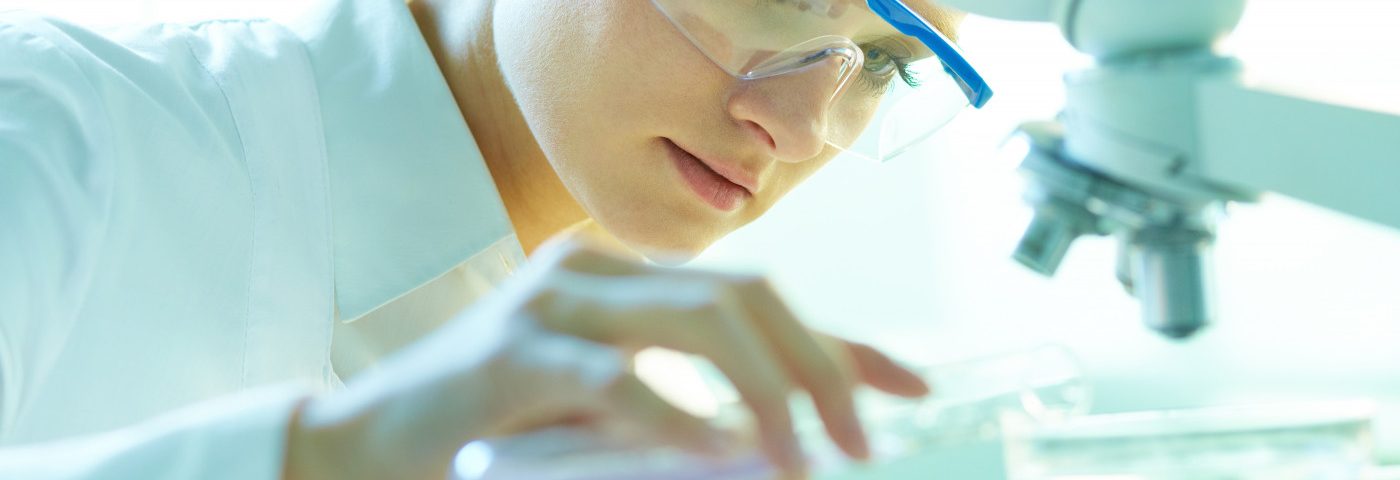Responding to Questions About Transplant as a ‘Cure’ for PH

No cure exists for pulmonary hypertension (PH). People often ask, “But isn’t transplant a cure?” PH Awareness Month is an opportunity to explain the frustration that those who are battling this disease feel when faced with this question.
I don’t deny that since my son’s heart and double-lung transplant, he no longer has PH. However, this “cure” came with considerable risk, scary statistics, and demanding responsibilities. Essentially, he traded one disease for another.
I feel guilty trying to explain the challenges he has faced when so many who are battling PH are ineligible for transplant or will die while waiting for their second chance at life.
Those who think that transplant is an easy fix fail to understand that it can be as life-threatening as PH. My son has lost several friends due to post-transplant complications. The sad reality is that the joy of being PH-free can be short-lived.
Discuss the latest research in the Pulmonary Hypertension News forums!
It’s difficult to address the enormity of transplant for fear of sounding unappreciative of my son’s donor. I also worry that pointing out the challenges that recipients endure might discourage people from becoming registered donors.
I want people to understand that my son and family will always advocate for organ donation. Despite the risks, lingering fear of rejection, 20 medications sustaining him, monthly labs, and follow-up with doctors, my son does not regret the decision to proceed with the transplant. He would have died five years ago if it weren’t for his life-saving, eight-hour surgery.
Those who are fortunate enough to receive a transplant do not take this gift for granted. I’ve known families grieving the death of a loved one who continue to advocate for organ donation. These compassionate people do not want the loss of one life to become an absence of hope for another. Organ donation can save lives, and everyone deserves an attempt at a second chance.
“Can’t you just get a transplant?” If only it were that simple!
My son was on the transplant waiting list for a year. He experienced a dry run, which happens when the transplant team determine upon visual inspection of the donated organs that they are not viable for transplant. It was a traumatic experience for us.
He was hospitalized and running out of time when another call came through. Though transplant was a miraculous blessing, the first four months of recovery felt like purgatory. I watched my son battle through the pain from surgery and severe medication side effects, while he worked hard to strengthen his new heart and lungs through unpleasant breathing treatments and challenging exercise regimens.
He braved through the struggles of recovery, faced rejection, committed to aggressive treatments to slow its progression, developed osteoporosis, and is currently dealing with kidney disease caused by immunosuppressants.
How does he remain grateful? Because despite all of his challenges, it is a dream come true for him to enjoy a life free from supplemental oxygen and chest pains. He is five years post-transplant, has graduated from high school, and is studying to become a medical social worker.
PHriends who have died are never far from his mind. In memory of them, he values each day and is striving toward a career where he can make a difference in the lives of others like them.
At this time of year, we drive from Washington to California for my son’s post-transplant checkup. This week, he will endure a packed schedule of tests and procedures as we nervously wait for what we hope will be good results.
What takes place during a post-transplant checkup?
- Chest CT scan
- Ventilation and perfusion study
- Comprehensive pulmonary function test — with and without a bronchodilator
- Six-minute walk
- Extensive bloodwork
- Echocardiogram and electrocardiogram
- Pre-cath clinic appointment
- Cardiac exercise test
- Bone density DEXA scan
- Cardiac catheterization and bronchoscopy
- Lung transplant clinic visit
- Heart transplant clinic visit
Sharing this itinerary often clears up the notion that transplant is an easy cure for PH. Self-advocacy does not end after transplant, and neither do the life-or-death demands of compliance.
Accepting transplant as the only option for curing PH is like telling someone that they can either crash with the plane or use a parachute that may or may not open.
We need a cure for PH that is far less invasive and offers hope for the majority and not just the few. Until then, we must continue to advocate, fundraise, participate in PH studies, and raise awareness.
***
Note: Pulmonary Hypertension News is strictly a news and information website about the disease. It does not provide medical advice, diagnosis, or treatment. This content is not intended to be a substitute for professional medical advice, diagnosis, or treatment. Always seek the advice of your physician or other qualified health provider with any questions you may have regarding a medical condition. Never disregard professional medical advice or delay in seeking it because of something you have read on this website. The opinions expressed in this column are not those of Pulmonary Hypertension News or its parent company, Bionews Services, and are intended to spark discussion about issues pertaining to pulmonary hypertension.








Leave a comment
Fill in the required fields to post. Your email address will not be published.